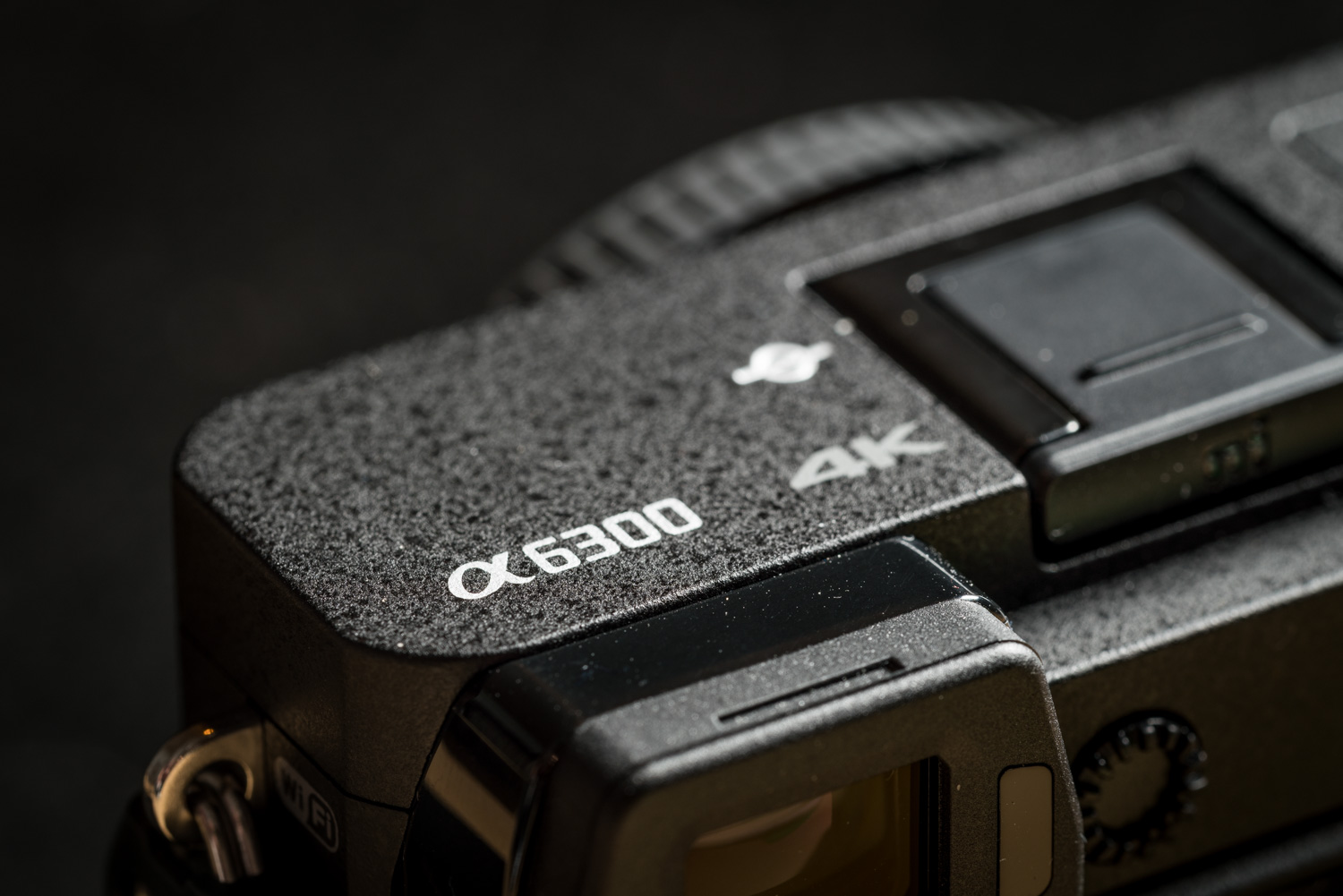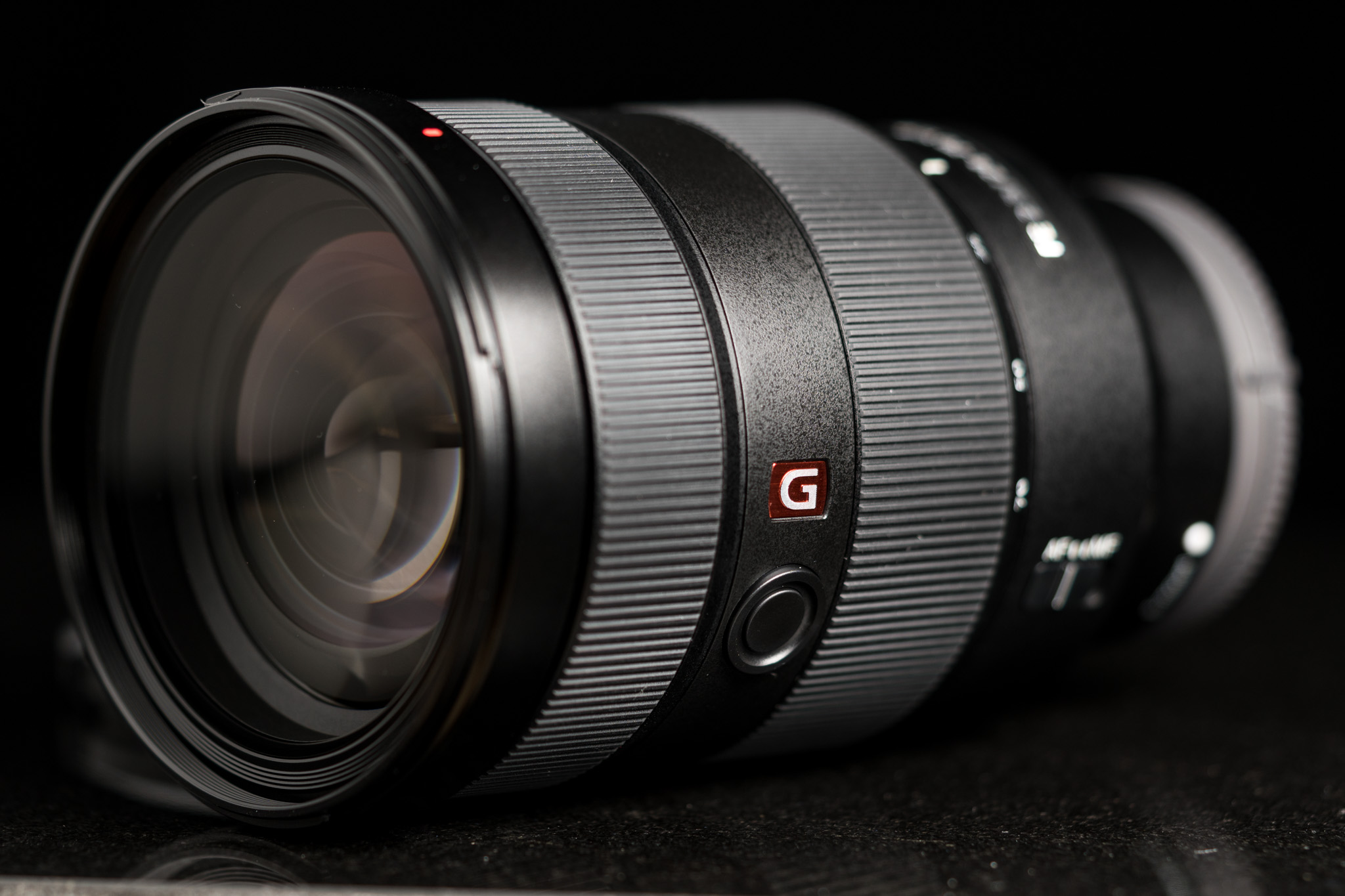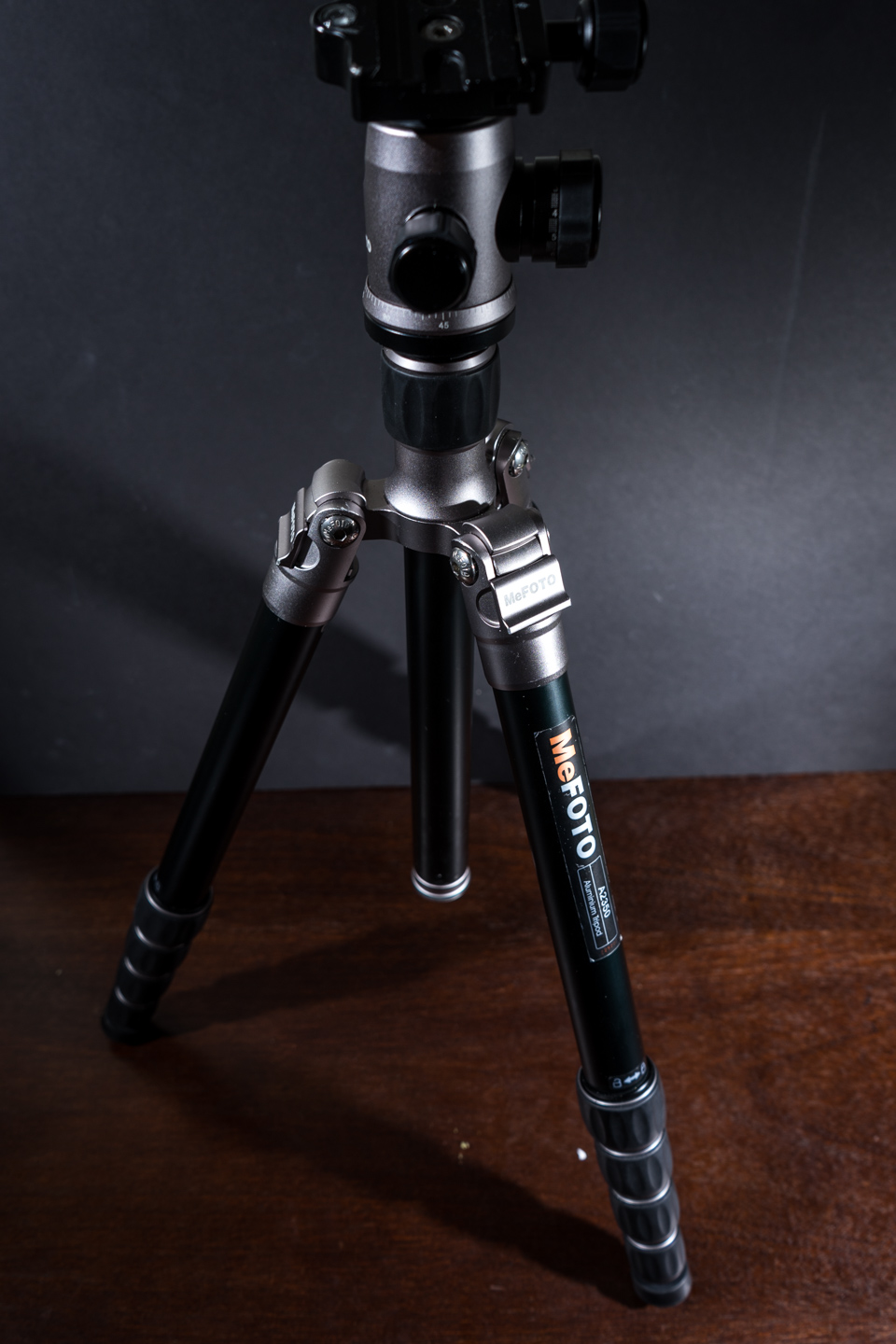This post contains affiliate links, which means I may receive compensation if you make a purchase using links from this page. I appreciate your support!
So at this point I think it’s ok for me to say that I’m fairly well-known for my photography. Ok maybe not well-known, but really really famous. Just kidding. Unless you think my photography is the best ever, in which case I’ll point out that I do sell prints…
ANYWAY, I wanted to give you a quick run-through of the gear I use to assemble these images. I travel with a pretty hefty photography kit and spend quite a bit of time putting together pictures in things like Lightroom and Photoshop. Let’s check out the gear I use.
Cameras
I usually travel with two cameras.
The Sony a7rII is a 42.4 megapixel monster of a camera. it’s not cheap by any means but it takes amazing images, has incredible dynamic range, and shoots 4K video. Even better, it’s a mirrorless camera to which you can affix lenses from any DSLR camera via an adapter, giving me extreme flexibility. It retails for just over $3000, so it’s not cheap but it’s very much worth it to me.
The Sony a6300 is a smaller “crop sensor” camera body. Since it uses the Sony e-mount, I can affix the same lenses from the bigger a7rII to the a6300 and also adapt other lenses to it (like a Canon tilt shift, for example). It shoots 24 megapixel images and is wonderful for sports or faster moving objects, since it can take images at an amazing 11 frames per second.
Lenses
My lens kit is a work in progress, since I travel with a small backpack that has limited space. I have it down to just two lenses at the moment, which gives me great flexibility to get almost any shot.
My Sony 16-35mm lens is for big wide angle shots. It’s sharp enough and its versatility has been fantastic for me. That said, I might start leaving it behind to free up some room for another lens I have my eyes on. But for now it’s in the kit.
The Sony 24-70 G Master lens is an absolute monster of a lens. It’s not cheap and for good reason: it’s sharp throughout its focal range and it’s fast (with a constant aperture of f2.8 throughout the zoom range).
Occasionally I’ll also bring along a 90mm Sony macro lens as well if I’m going to be traveling on a nice flight so I can get some detailed food pictures, but it’s not part of my regular travel kit.
You might ask why I don’t bring along something with a little longer focal length. I have a 70-200 lens but I just don’t find myself needing it that often with the type of traveling I do. If I ever do like a safari or something then I’ll obviously bring it along and throw it on the a6300 for amazing reach.
The Computer
Eek I feel like you all will make fun of me for this one. I don’t travel with a MacBook Pro or anything like that, just a barebones MacBook Air. I run Capture One Pro, Lightroom, and Photoshop on it and it keeps up pretty well, but if I’m ever working with quite a few layers in Photoshop or stitching together a panorama I feel like the computer is about to melt, but it gets the job done thankfully!
I bring along a portable USB hard drive (I think it’s a Western Digital My Compass or something like that) where I store all of my images, since the MacBook Air’s hard drive only holds 128GB of data, which I go through really quickly with the size of some of my images.
Tripod
I use a MeFOTO Globetrotter tripod. It’s relatively inexpensive at $250 for the aluminum model (which may seem like a lot, but the tripod I really want is almost $1000) and it can fold up small enough to fit in my carry-on luggage. I’ve taken it to four continents now and have beaten the absolute crap out of it and it’s still holding up incredibly well. I couldn’t recommend it more strongly.
Software
I have a full subscription to Adobe Creative Cloud, which costs me $40/month. They have a Photographer’s Package, which includes Lightroom and Photoshop, for $10/month, which is excellent if you don’t shoot any video.
The main software I use is Lightroom and Photoshop. If I’m taking pictures commercially (I’m a professional photographer although my full-time living isn’t from photography) I usually will use Capture One Pro because I can tether my Sony camera to it during the shoot (Lightroom doesn’t offer this).
Google’s Nik Collection is amazing and is now free, I highly recommend it as part of your post processing workflow. It integrates into Lightroom, Photoshop, and Capture One (version 9+).
Backpack
I carry all of my camera gear in a Lowepro Fastpack 350, which I’ve enjoyed a ton.
It has plenty of room for my camera gear and other pockets in which I can store travel documents, headphones, and my computer. It really has been great but it will be retired soon as I’ve ordered the Peak Design Everyday Backpack, so stay tuned for a review about that later this year when it gets in!
Why doesn’t any of this matter?
This is all simply what I use. It doesn’t matter if you use it, and even if you go out and buy every single thing on this list you will not automatically take better pictures. The best camera you have is the one that is with you, and in fact I take about as many pictures with my iPhone as I do with my professional gear.
Cameras, megapixels, all that stuff just isn’t as important. Strong composition, interesting subject matter, and good lighting will do way more for your images than a new camera body or lens. I know you’ve heard me say that before, just thought it’d be good to remind you all again. Canon, Nikon, Olympus, Leica, Hasselblad, etc., you can take amazing and terrible images with all of them. Go out and find something amazing and get a great picture of it, don’t worry too much about your gear!









Does it ever irk you when someone gets a great shot from their phone that you missed from your kit?
Not at all! I’m happy someone got the shot, even if it wasn’t me, and I can always learn from their pictures as well.
Your pictures in particular always look amazing.
This may just be me, but when I travel and have my camera I get nervous about the elements (rain or snow damaging fragile electronics). I started traveling with a Nikon waterproof camera instead of my DSLRs with interchangeable lenses so I won’t have to worry about it. Have you ever been in that type of situation or have those thoughts? If so what do you do to protect your camera but still get a nice photo?
Thanks very much Derek!
For whatever reason it just doesn’t bother me too much when I’m in the elements. If the weather is going to be rainy wherever I’m at I always bring an umbrella (most, if not all, hotels will have a few extra) and figure a little water probably won’t hurt anything, although the Sony cameras are in no way weather-sealed.
Loved your last paragraph, its all true!!!
Thanks! It took me a while to realize just how true it is but I’m definitely there now!
Such a tired article topic.
Apologies, it’s the first time I’ve written specifically about the last part.
But it clearly does matter and that’s why you’ve spent thousands of dollars on your gear and wrote 15 paragraphs justifying your choice of equipment. Anyone with the vaguest interest in photography knows that good kit doesn’t substitute for good technique and creativity but the right gear can make it easier (or simply possible) to capture the photograph you envisage. The 6D I used at the weekend to shoot a wedding massively helped me get the shots I wanted. I would have struggled with an iPhone, a compact camera or a pinhole camera.
Do you use your phone for any shots ? If so which one ?
Hi Ramya, I do not run many pictures on the blog which are directly from my phone but when I do it’s with my iPhone, I’m currently using an iPhone 7.